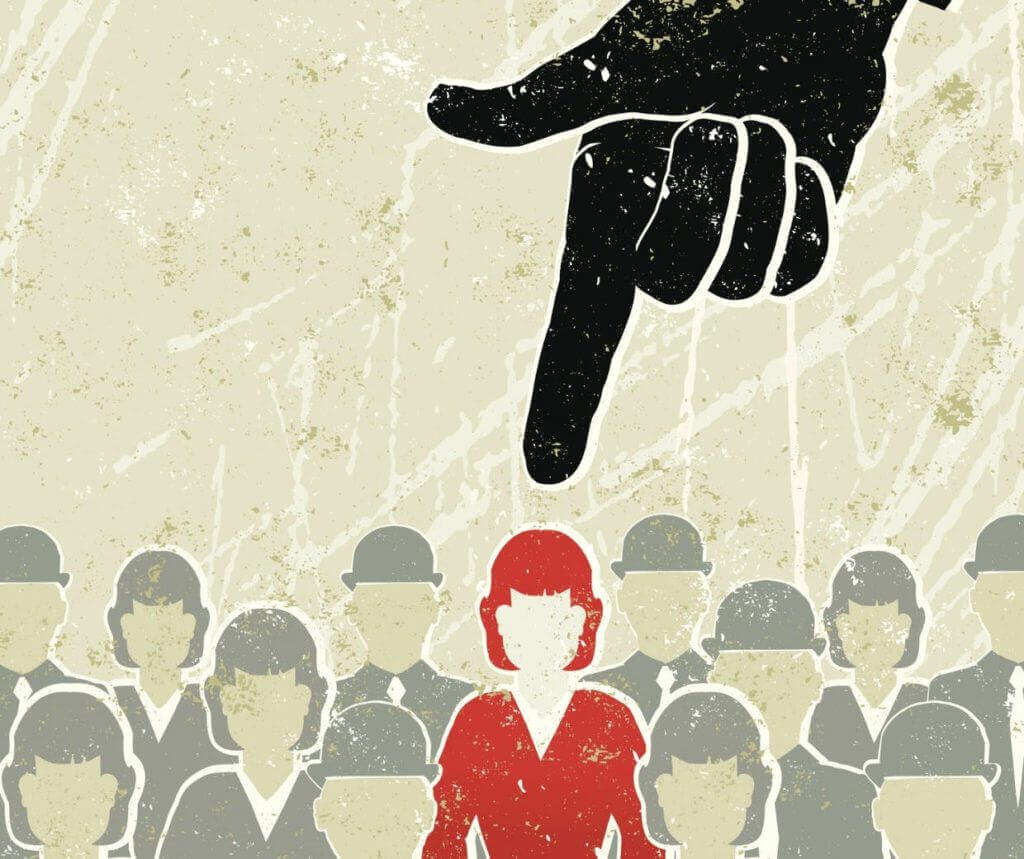
Personalisation is one of the main buzzwords dominating the industry and trends reports in 2018. Since the shift from offline and print advertisement to digital campaigns has taken place years ago, hoteliers are able to use digital campaigns and tools in order to provide users with a more personalised experience pre, during and post stay. But why should hospitality businesses take a new approach to customer experience? And how does personalisation take place in the constantly changing digital world?
Recent studies claim that 74% of online consumers get frustrated with websites when promotional or advertising content appears not related to their interests. This leaves businesses with an increasing pressure to sell their products to the right audience within a short length of time. Not only does the average attention span diminish, but competition increases simultaneously. In order to foster loyalty and grow their market share personalisation offers a new approach.
Disruptive innovators such as Instagram and Netflix have realised the importance of personalising the user experience and have made it their core business strategy. Leading by example, Netflix conducted various studies among their users and their behaviour while on platform. Their findings concluded that users tend to be more selective and impatient at the same time, and spend 90 seconds or less to select the right movie or drop off altogether.
The famous online broadcasting company faces similar struggles to the hotel industry having a limited stock (in their case – movies) while targeting a wide range of users with different demographics and interests.
Netflix addressed the problem by selling the exact same product using a wide selection of images and themes. Which image is displayed to a Netflix user is based on analysis of personal choices and shows watched previously. A frequently used example is the show “Stranger Things” being promoted to members with an array of different imagery based on the users’ preferences.




